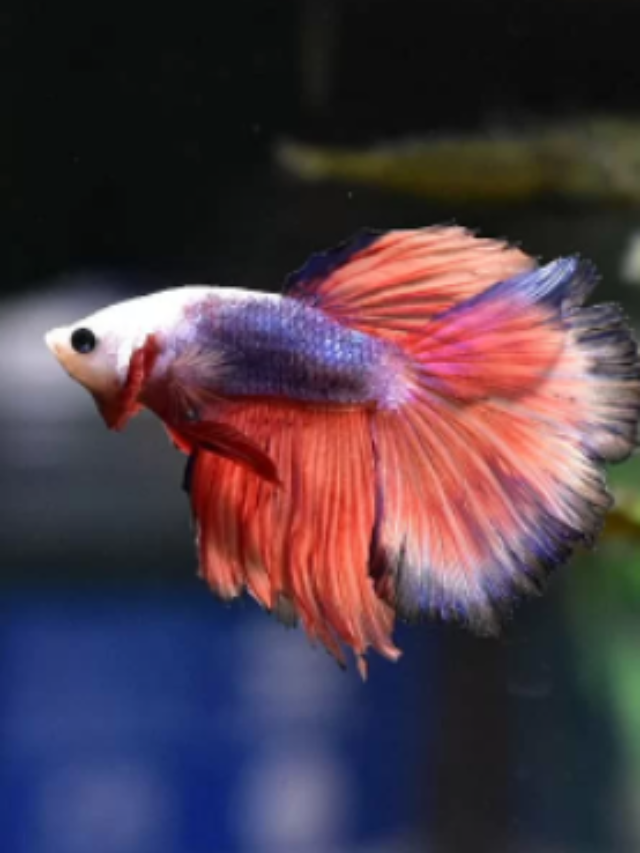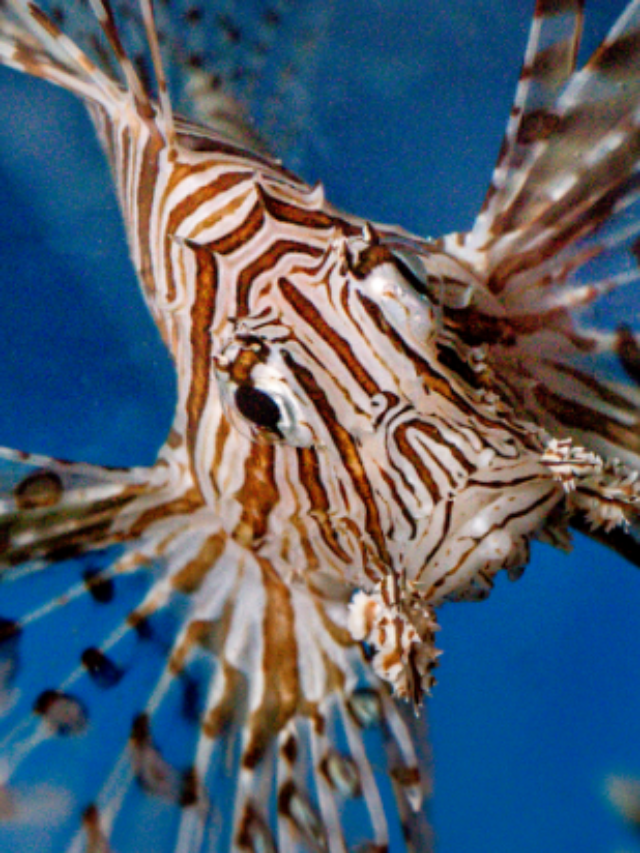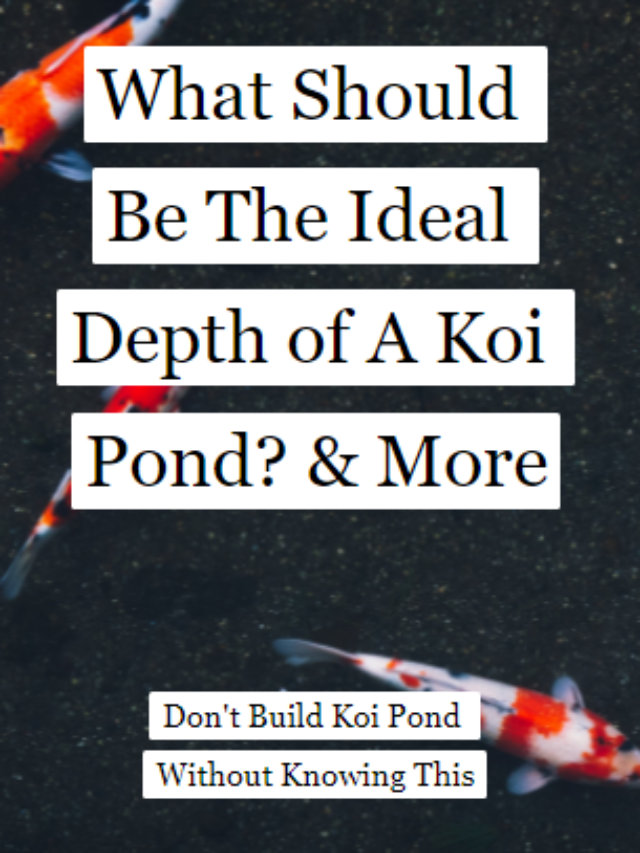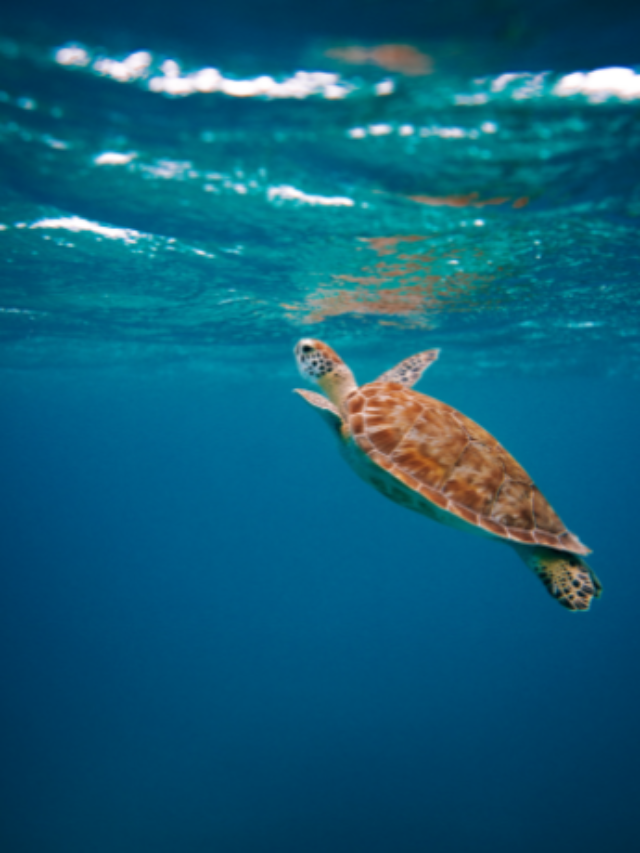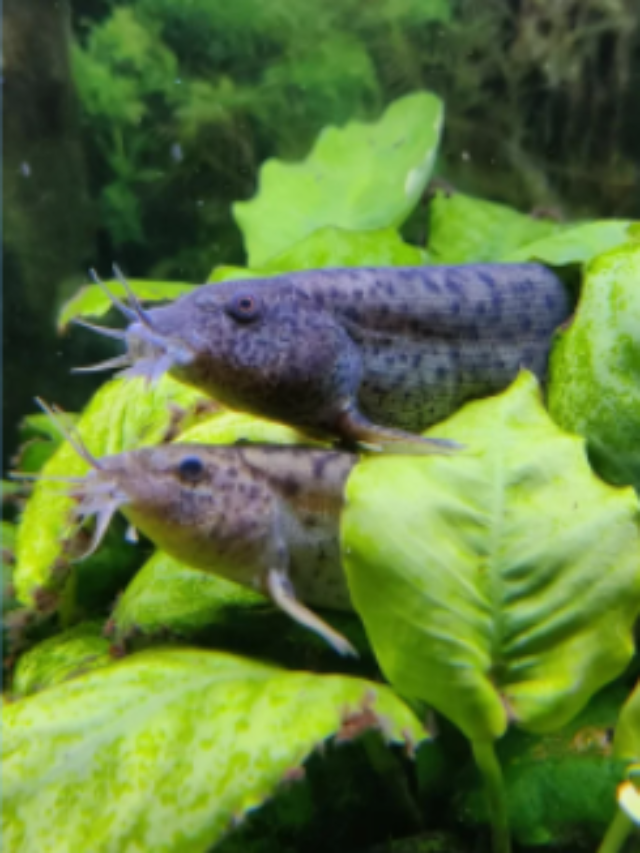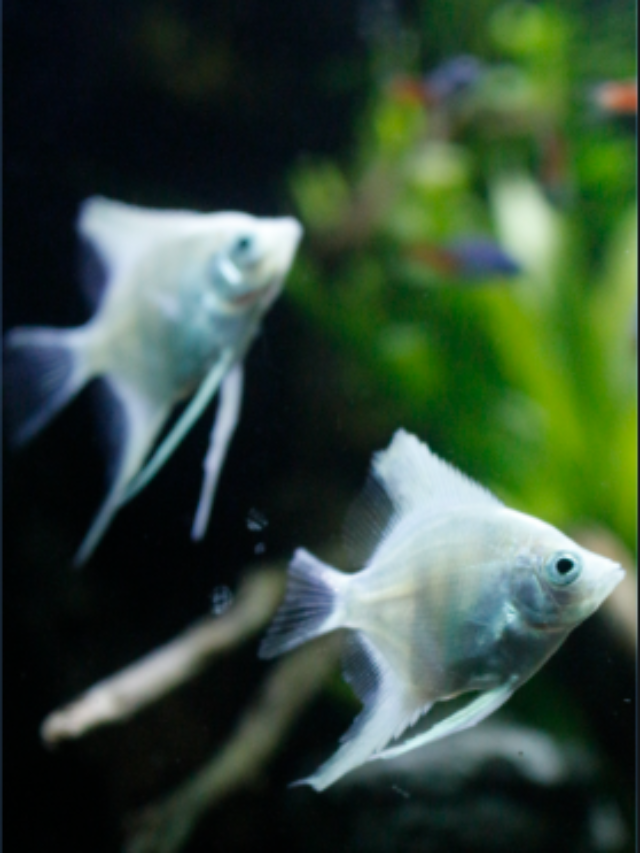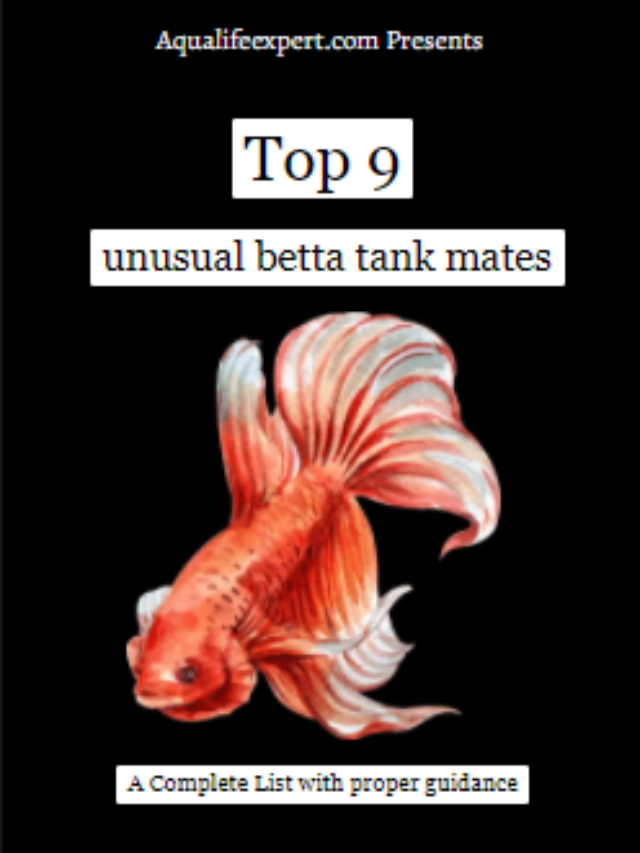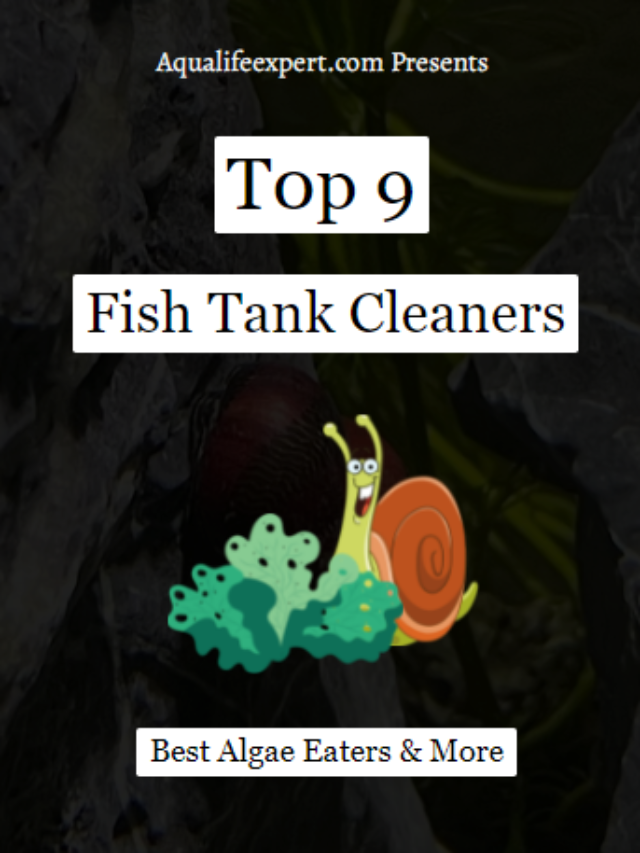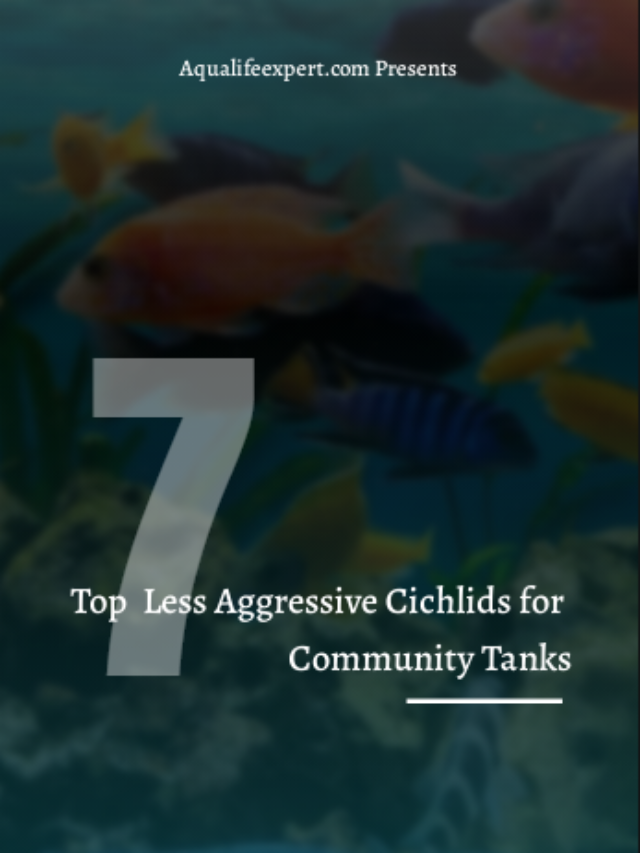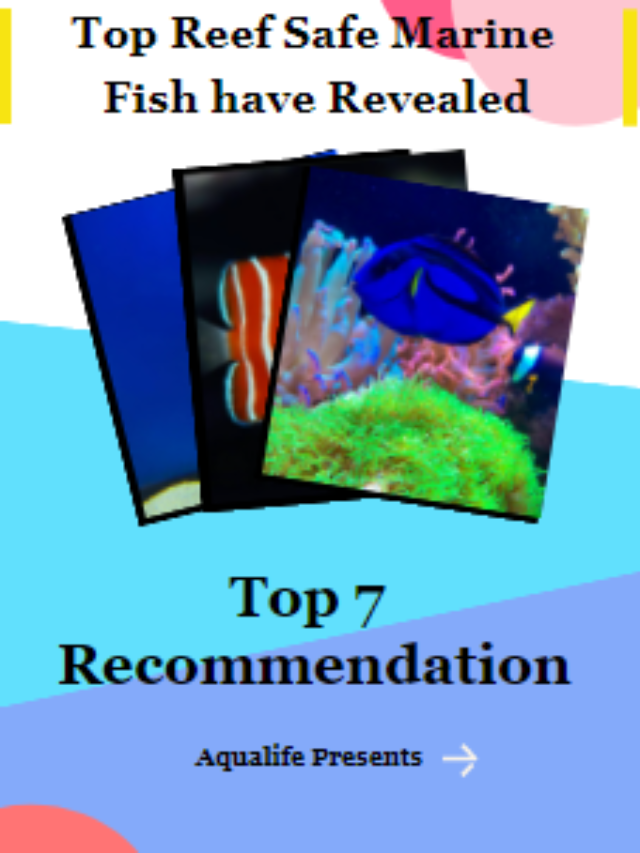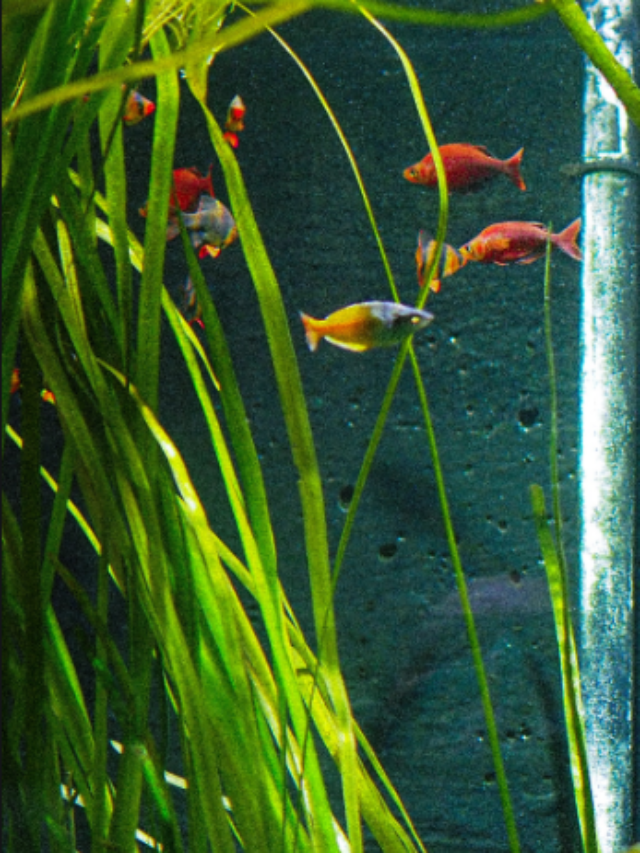Is Soil Mandatory to Grow Plants in Aquarium? Know The Real Truth
Check Our Quick Stories
All of us know that plants need soil to grow. Exactly aquatic plants need soil too to grow better. But as this is not like the terrestrial plants so that for some plants you can skip it.
But one thing you need to know is that good active soil is needed as a substrate for aquatic plants to grow faster because active soil substrate can give more nutrition to plants than anything else. The aerobic bacteria which stay in the soil helps to run the nitrogen cycle well, which is very important for plants to grow. To make a good healthy planted aquarium active soil substrate is required but it can be skipped for some plants like java fern, Anacharis, Vallisneria
But only a two-line answer to this question will not clear all of your queries. You must see every aspect of it and then you can understand more about it and can able to take the right decision for your own planted aquarium.
Let’s dive deep into the topic
Why should you need soil as a substrate?
Soil creates a complete environment in aquatic plants. If you need to grow plants quickly then it needs soil. Nitrogen is a must for any type of plant growth and plants can’t absorb nitrogen from the environment so it needs soil.
Aquatic plants are not exceptional. It also needs nitrogen and when soil as the substrate is provided then plants can get nitrogen from here. A good active soil substrate contains tons of bacteria like Azotobacter, Bacillus, Clostridium, klebsiella break down ammonia and nitrate into nitrogen which is a very essential part of plants’ growth, and then plants can absorb nitrogen through their roots.
Not only that, the soil has tons of nutrients and minerals which are needed for plant growth. It helps to run the oxygen cycle in a passive way. Just because of soil plants are stick with it and that becomes a great hiding spot for fishes. So overall soil is a must be needed for aquarium plants to grow faster.
How can you use soil as a substrate?
To use soil as a substrate you need to focus on three layers. Without providing three layers of soil substrate you can’t call it complete soil substrate. Here is the discussion about three layers
Layer 1
This is the bottom layer of the whole planted aquarium and this is the most nutritious layer among those three layers. This is called the base layer and plants get nutrition through it. This layer should be 30-40 mm thick. Don’t keep it uncover while pouring water in the fish tank because if it gets a touch of water then algae will start growing and the fish tank will be unhygienic for plants. So keep it 1 inch away from the aquarium glass like this picture
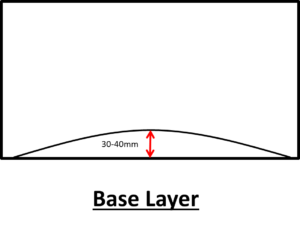
Layer 2
This is the cover of the base layer and this should be a clay-based substrate of whole soil substrate. This should be also nutritious but not as good as a base layer. The thickness of the clay-based layer should be a minimum of 10mm but you make it as thick as you can depend upon your fish tank. The base layer should be covered by it well. But you should use good active soil if you want to provide more thickness than 10mm because the nitrogen cycle happens here due to some bacteria. So this is a very much important layer of the whole soil substrate. Try to provide clay-based substrate like this picture
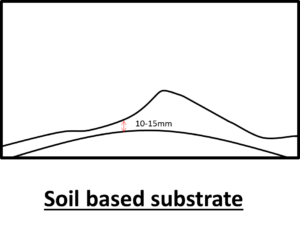
Layer 3
This layer is made of sand or pebbles. This has no nutritious value. This works as a whole cover of clay-based substrate because if you keep open the clay-based substrate then water will be clouded by it while changing 25-50% of whole water. Algae growth will be insisted also by it so prove a top cover is safer than anything else. Not only that, but it helps fishes to get good environment also. Make sure that you should use coarse gravel instead of fine gravel because fine gravel gets compacted after getting water and this will insist on anaerobic conditions that are harmful to the planted aquarium.
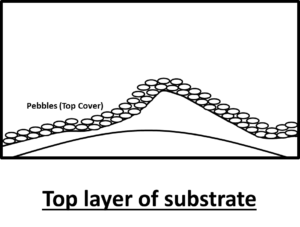
To make this type of complete active soil substrate for your planted aquarium you need some good products. Right? Without good products, your planted aquarium will be fragile and it can’t help you to give healthy plants. So don’t compromise with the products if you are ready to make a planted aquarium.
You can go here my another article where I’ve discussed the products which you should use to make it. Click here
Here you can get some alternatives also which will save your money. So check it out now.
Read more:- Fertilizing Aquarium Plants (Infographics): Basic to Advance
Can I use garden soil as a substrate?
You can’t use garden soil directly in your planted aquarium because this type of soil contains lots of harmful material which can help to increase the ammonia level or pH level of the water column and ammonia is very bad for fishes. Ammonia will create various types of diseases on the gill and fins. So if you don’t have a good ammonia checker (check today’s discounted price on Amazon) then you should not use garden soil directly.
Secondly, you should not use garden soil as the soil substrate of planted aquarium directly because aquatic plants absorb nutrients from the soil in a different way than terrestrial plants. So you can’t do it in the same way. Garden soil contains different types of bugs, bacteria, etc. if you use it directly then it may harm your whole aquatic environment and that may be very costly for you.
But you can use it by applying three steps
Step 1
When you pick some quantity of soil for aquarium then you should heat it by microwave or anything else for killing those bad and harmful bacteria or bugs
Step 2
After that, you must grind it and discard the pebbles or stones. Soil is needed to be crashed well otherwise water circulation can’t happen through it and anaerobic conditions will occur in it. That is not good for the healthy aquatic environment
Step 3
You must need a cap or cover on the garden soil as a substrate. Here you can use pebbles or coarse gravel to cover it. But make sure that don’t use fine grain sand or fine gravel because that will prevent water circulation also. So make to use a minimum of 10mm coarse gravel as cover.
Read more:- Why does my aquarium plant turn transparent?
Which aquatic plants can live without soil in an aquarium?
There are some aquatic plants that you can use if you don’t want to put soil substrate. These types of plants are like a secret treasure for those who don’t want to invest more or those who are beginners who don’t have much money. So if you are one of them then you should buy these plants to make your planted aquarium successful and healthy.
1. Java Fern
If you want to know about some hardy plants then I’ll tell you about java fern first because you don’t need to look after much to grow it healthier. This is cheap and it doesn’t need many nutrients, good soil substrate, oxygen, much light, etc. to grow. you can tie its root with any driftwood or any rough surface. Don’t make mistake by tying it up with some smooth surface because that will prevent its growth. So if you don’t have soil substrate then you can use it to make a planted aquarium easily by using it.
Go and check today’s discounted price on Amazon
2. Java Moss
If you are planning to breed shrimp then java moss will be the ideal one for your planted aquarium. This is a plant that can be handled by beginners easily. If you want to make a planted aquarium first time then you should consider it first because you don’t need soil substrate to grow it. The water temperature should be 21-24°C. More light is not needed to grow it but if it gets more lights then java moss becomes compact and denser. But excessive lights will help to grow algae quicker with java moss. So if you see that algae are growing with it then it’s better to start from new.
Go and check today’s discounted price on Amazon
3. Anubias
Another aquatic plant is anubias which you can use without soil substrate in your fish tank. This is a good aquatic plant for beginners. You can plant it in soil substrate or you can tie it with driftwood with the help of cotton thread. The suitable water temperature should be between 22-26°C.
One thing you should remember is that anubias plants should not be planted in the shaded place. It will not grow much. It needs proper light for photosynthesis. You don’t need to add extra CO2 to help to grow it faster. You can add it but your fish may get affected by it. Driftwood is needed for it. This will make your aquarium beautiful. A soft type of substrate should use for it. You can use round pebbles or sand as a substrate to plant it. But make sure that doesn’t bury its entire root inside the substrate.
Go and check today’s discounted price on Amazon
Read more:- How to set up a community fish tank with cost analysis
Final thoughts
So from here, you have known how important the soil is for planted aquarium. Right? Soil provides extra care to your plants. It will get more nutrients from that substrate. That’s why soil as substrate is important.
But there is a way to make planted aquarium also without putting soil substrate. For this, you need to select those types of aquatic plants that don’t need soil to grow. Here I’ve discussed some of those plants. You can easily choose these to make your first planted aquarium. This will give your experience and confidence to go further.
So best of luck & happy fishkeeping 🐟



